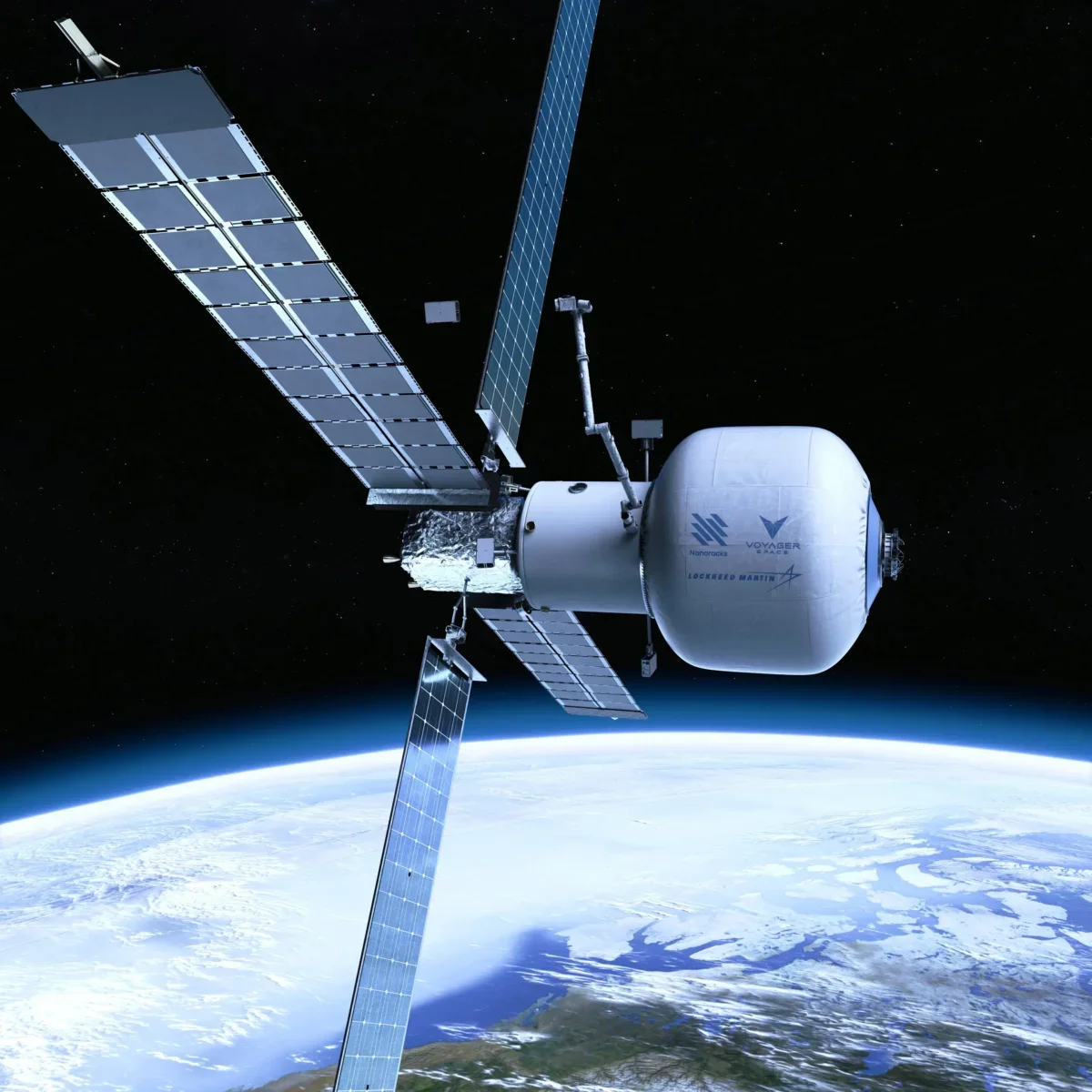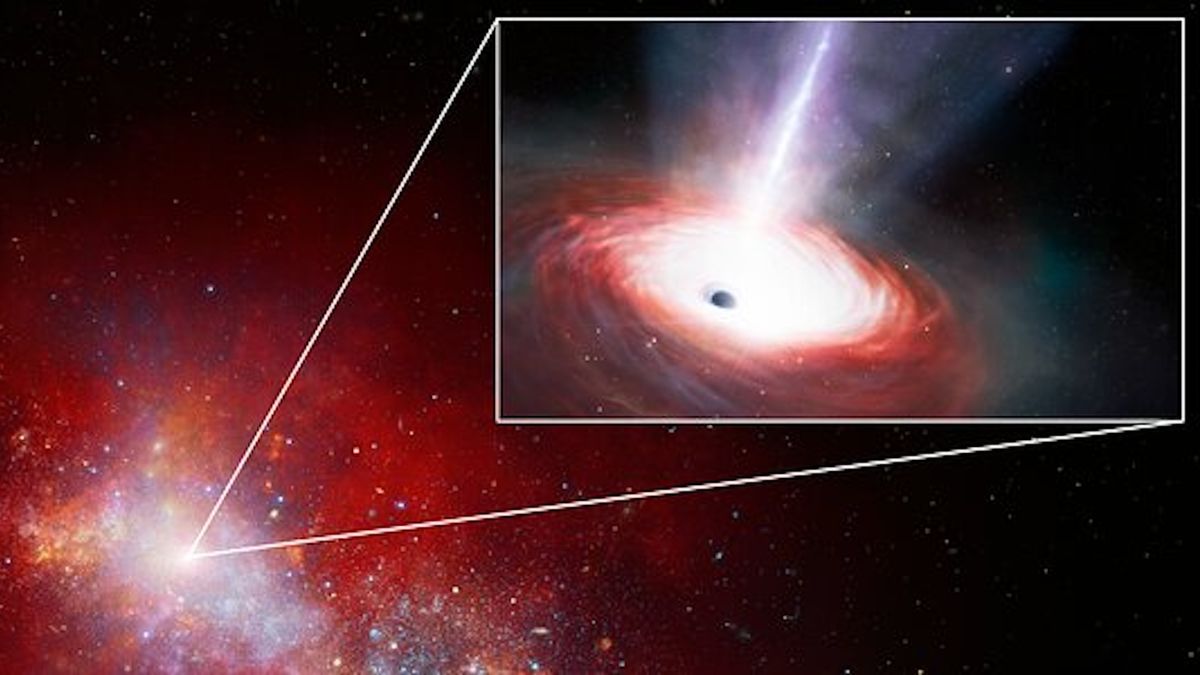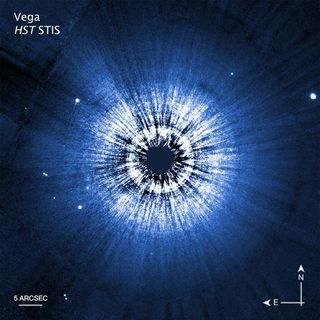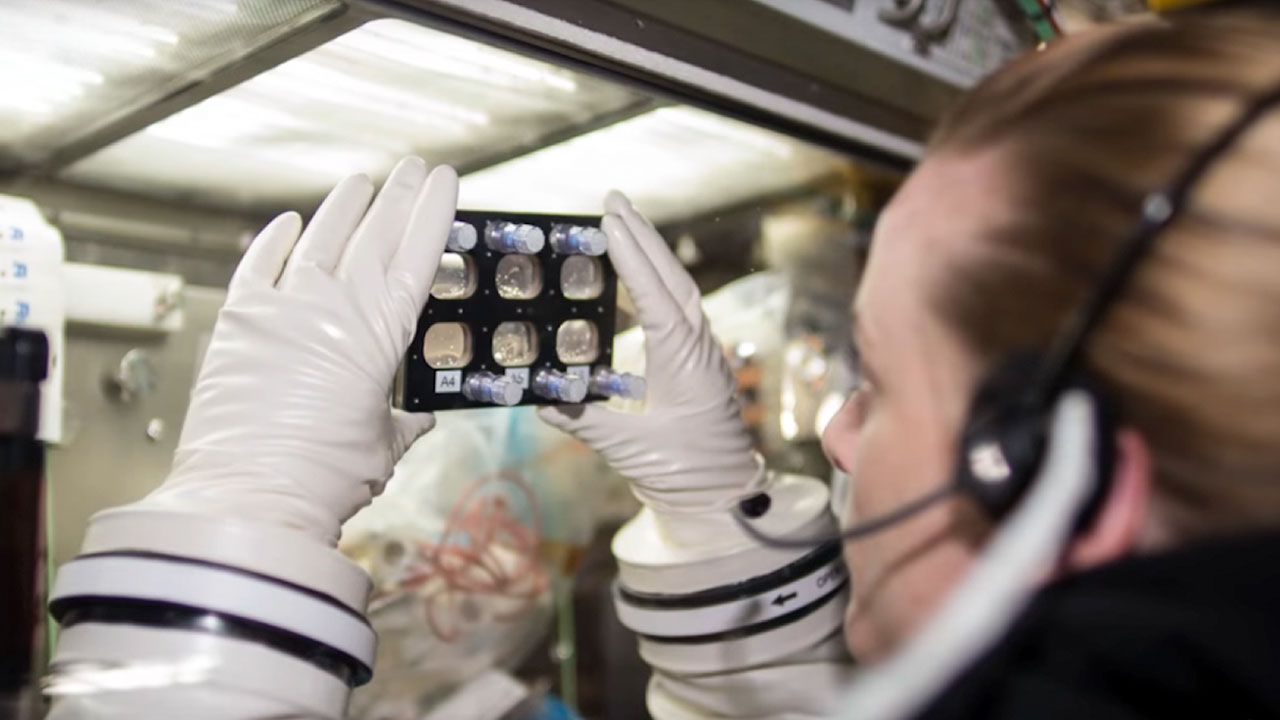-
‘Ridiculously smooth’: James Webb telescope spies unusual pancake-like disk around nearby star Vega — and scientists can’t explain it

A nearby star is surrounded by an eerily perfect, “pancake-like” disk of cosmic debris that is unlike anything seen before, new James Webb Space Telescope (JWST) images reveal. The surprisingly smooth disk hints that no exoplanets have formed around the star, named Vega, and researchers have no idea why. The findings could upend our understanding…
-
We’re entering the era of private space stations

Lockheed Martin’s Starlab is one of several currently proposed private space stations. The company hopes to have it built by 2027. Credit: Nanoracks The era of the International Space Station (ISS) is coming to a close. In the near future, NASA plans to bring down the station in a controlled deorbit. The end of the…
-
WA Is Place For Space As Astrofest Blasts Off In Perth

Cook Government welcomes return of Astrofest nation’s largest astronomy festival More than 5,000-star gazers are expected to attend the event at Curtin Stadium Free festival offers attendees hands-on learning experiences throughout the night Star gazers and astronomy enthusiasts are over the moon with the return to Perth next weekend of the biggest astronomy festival in…
-
Australia’s biggest free Space and Astronomy festival celebrates 15 years

Astrofest, Australia’s largest free Space and Astronomy festival, will celebrate its 15th anniversary in 2024, marking a significant milestone. On Saturday, 9th November, space enthusiasts, families and curious minds are invited to join the festivities for an extraordinary experience at this iconic event at Curtin Stadium, Curtin University. Visitors can look forward to gazing through…
-
James Webb telescope spots ‘feasting’ black hole eating 40 times faster than should be possible

While peering into the early universe with the James Webb Space Telescope (JWST), astronomers keep finding monster black holes that seem to be growing too big, too fast for cosmological models to explain. Now, new observations of an exceptionally ravenous, rule-breaking object could help reveal why. Using JWST to get a closer look at ancient…
-
Astronomers spot unusually synchronized star formation’ in ancient galaxy for 1st time

Astronomers have spotted thousands of young stars huddled around the center of an ancient galaxy, all of which formed nearly simultaneously 4 million years ago. This observation marks the first time such synchronized star formation has been spotted in an old galaxy, and challenges the idea that star formation declines as galaxies age. The newfound…
-
Unveiling the Evolution of Globular Clusters: A 3D View of Stellar Kinematics
How do stars form and evolve inside globular clusters? This is what a recent study published in Astronomy & Astrophysics hopes to address as an international team of researchers conducted a groundbreaking examination of star populations that reside within globular clusters, which consists of a densely packed group of stars pulled together by gravity, with…
-
‘Vega continues to be unusual:’ Lack of planets around young star puzzles astronomers

A joint Hubble and James Webb Space Telescope (JWST) project to learn more about the dusty disk around the bright star Vega has found a surprising lack of planets, as evidenced by the disk and surrounding halo being filled with a snow of tiny particles. In the 1997 movie “Contact,” Jodie Foster’s character Ellie Arroway…
-
Rare Deep Space photos shared by NASA

<!– Back –> 05 Nov, 2024 Joy Pillai The Butterfly Nebula (NGC 6302) emerged from a dying star once about five times the Sun’s mass. December 2023 Webb’s NIRCam captured Cassiopeia A, a famous supernova remnant. A remarkable view of the Crab Nebula reveals intricate web-like patterns within this supernova remnant. Hubble captured NGC 604,…
-
Space-Born Stem Cells: A New Frontier in Regenerative Medicine

What can microgravity teach us about stem cell growth? This is what a recent study published in NPJ Microgravity hopes to address as a pair of researchers from the Mayo Clinic investigated past research regarding the growth properties of stem cells, specifically regeneration, differentiation, and cell proliferation in microgravity and whether the stem cells can…
